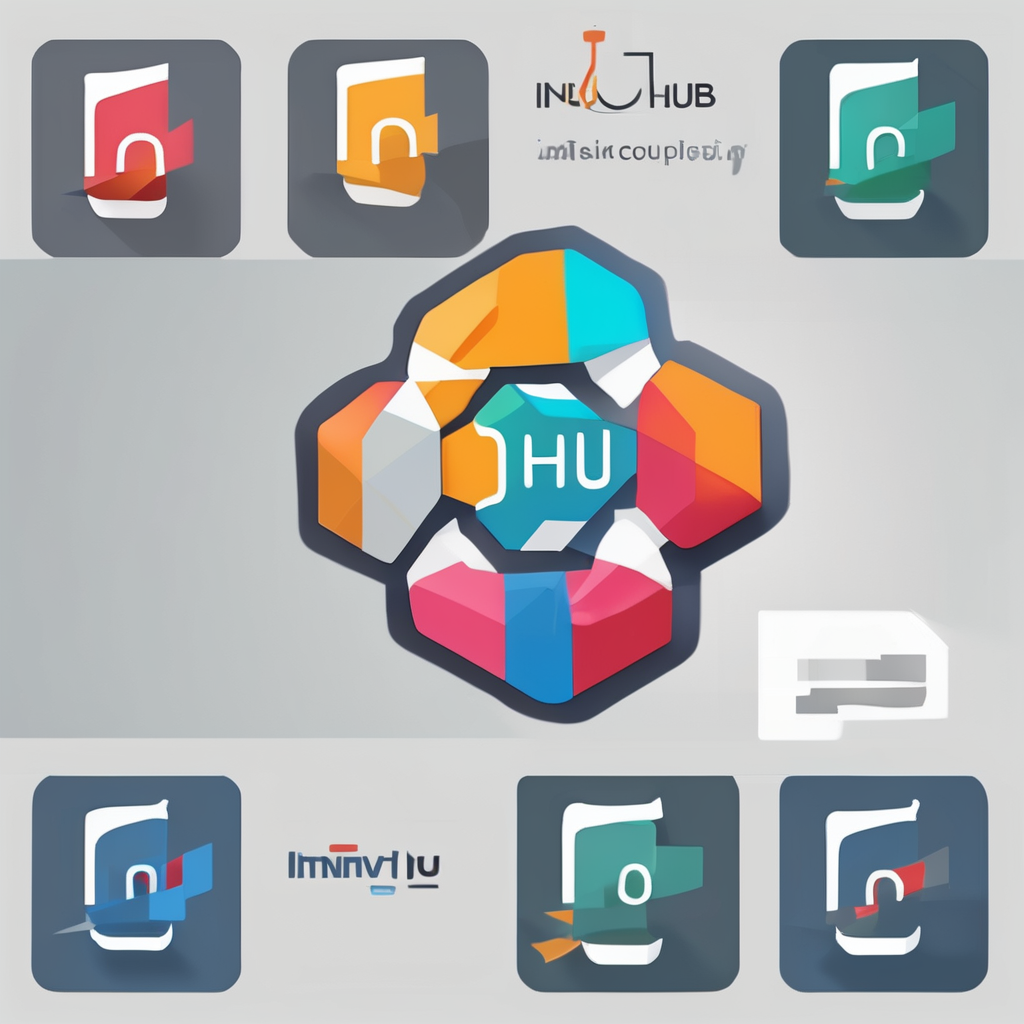Introduction to Cross-Platform Game Porting
Cross-platform game porting presents unique challenges in game development, demanding a thorough understanding of its complexities. This intricate process involves adapting a game originally designed for one platform to be playable across multiple platforms. This cross-platform porting is crucial for game developers aiming to reach a wider audience and maximize their game’s market potential.
Game development challenges arise predominantly from the need to ensure consistency in performance and quality regardless of the platform. These challenges stem from porting obstacles that vary considerably due to differences in hardware and software capabilities of each platform. Developers must navigate a myriad of issues such as adjusting graphics rendering, optimizing performance, and maintaining user interface consistency.
This might interest you : Exploring how narrative design shapes player engagement in video games
Main Challenges in Cross-Platform Game Porting
Understanding these porting obstacles is essential to overcome them effectively. Developers face significant hurdles in adapting a game’s architecture and overcoming platform-specific requirements. This often includes modifying a game’s source code to meet different OS requirements, handling varying input methods, and maintaining the overall game experience.
By recognizing and preparing for these game development challenges, developers can devise effective strategies to ensure successful game porting, ultimately leading to a seamless gaming experience across all platforms.
Also to discover : Maximizing your indie game’s reach: creative strategies for expanding your audience
Technical Challenges in Cross-Platform Game Porting
Navigating the technical challenges inherent in cross-platform game porting demands an understanding of varying hardware and software architectures. Each platform boasts distinct technical specifications, often resulting in platform-specific challenges. Variances in processing power, graphics capabilities, and operating system behaviors can complicate the porting process.
Managing performance across various platforms requires meticulous attention to detail. Developers must optimize code to ensure seamless gameplay and consistent frame rates, regardless of the device. This process might involve tailoring rendering settings and tweaking configurations to maintain game stability and performance quality.
Issues related to graphics rendering and fidelity also arise, as different platforms may not support the same graphic features or shaders. Ensuring visual consistency and quality, while adhering to hardware limitations, is a significant challenge. Developers might need to implement adaptive systems capable of adjusting graphic settings dynamically based on the platform’s capabilities.
By acknowledging these technical issues early in the game development process, developers can proactively plan solutions. Utilizing efficient optimization techniques, such as profiling tools and robust frameworks, can help mitigate these challenges, leading to a smoother cross-platform gaming experience.
Design Considerations for Cross-Platform Porting
Designing a seamless cross-platform game experience involves addressing complex user experience challenges. Essential to this process is interface design that accommodates different devices and screen sizes, ensuring a consistent visual and gameplay experience across all platforms. This requires a clear understanding of the intrinsic differences between platforms, such as the unique controls for consoles versus mobile touchscreens or the varying graphical capabilities of devices.
Achieving consistency across platforms is paramount, demanding a well-balanced approach in application between the hardware’s potential and the player’s expectations. Developers must focus on adaptive design principles, where user interfaces dynamically adjust, providing an optimal experience whether played on a large monitor or a smartphone screen.
Another critical aspect is accommodating diverse input methods. For instance, transitioning from a touchscreen interface to a traditional controller demands significant adjustments to ensure the game’s integrity and fluidity of control. Developers need to implement flexible interfaces capable of handling these distinctions without compromising the core game experience.
Ultimately, successful design consideration in cross-platform game porting hinges on carefully balancing the desire for a consistent user experience with the distinctive capabilities and limitations of each device, fostering an environment where all players enjoy the game, irrespective of their chosen platform.
Resource Management in Cross-Platform Development
Effective resource management plays a pivotal role in cross-platform development, as it involves navigating budget constraints, team dynamics, and time management challenges. Developers must allocate resources meticulously to ensure successful porting projects. Budgeting is crucial; it involves forecasting costs related to platform-specific tools, licensing, and quality assurance. Any misstep can result in ballooning expenses or compromised quality.
Team dynamics are another essential component. A diverse team with expertise across multiple platforms can address the unique needs of each system. Developers should focus on cultivating a team that balances technical proficiency with problem-solving skills to handle unexpected porting obstacles. Sharing domain knowledge within the team fosters versatility, enhancing the porting process.
Lastly, time management is integral to maintain project momentum. Establishing realistic timelines with milestones facilitates tracking progress and adapting to potential delays. Prioritizing tasks based on their impact on the overall game performance is vital.
Efficient resource management strategies can streamline the development process and mitigate common game development challenges. By proactively addressing these areas, developers can focus on delivering a cohesive user experience across platforms, maximizing resource utilization and ensuring a successful game porting endeavor.
Strategies for Successful Cross-Platform Porting
Utilizing effective porting strategies is crucial for achieving seamless cross-platform game ports. A foundational approach involves selecting robust game engines that inherently support cross-platform functionality. These engines streamline the development process by offering tools and libraries tailored for adaptability across various platforms.
Developers should focus on best practices that enhance code efficiency and readability. Prioritizing modularity within the codebase allows for easier modifications and updates, accommodating platform-specific changes without disrupting overall functionality. Implementing standardized coding practices aids in maintaining consistency across development teams.
Equally vital is the role of documentation and version control. Thorough documentation ensures that all team members are aligned with the project goals and methodologies, reducing the likelihood of technical misunderstandings. Version control systems like Git enable developers to track changes, collaborate effectively, and manage code iterations seamlessly.
When embarking on a cross-platform port, it’s crucial to leverage these strategies to optimize the development workflow. By focusing on these key areas, developers can significantly reduce game development challenges, resulting in a more efficient, seamless porting process. This proactive approach leads to higher-quality games that resonate well with diverse audiences across different platforms.
Tools and Frameworks for Cross-Platform Porting
A robust set of development tools and porting frameworks is crucial to simplifying the intricate process of cross-platform porting. These solutions streamline game adaptation and optimize performance across diverse platforms. Leveraging advanced tools can significantly ease the burden of managing multiple platform-specific requirements.
Key Tools and Software Solutions
Several popular porting frameworks enhance the development process by supporting seamless adaptation across platforms. Tools like Unity and Unreal Engine offer robust multi-platform support, providing comprehensive libraries and features tailored for integrating diverse platform capabilities. Such tools foster simpler management of variety in graphics and interface design.
Moreover, evaluating software solutions that enhance performance is imperative. Profiling tools, rendering optimizations, and graphics engines are vital in ensuring superior game quality on all platforms. They aid developers in identifying bottlenecks, adjusting performance metrics, and maintaining consistent gameplay experience.
Emerging Trends and Future Technologies
The future of cross-platform porting lies in adopting emerging technologies. Solutions like cloud game streaming and advanced AI tools are becoming integral to the development process. These technologies hold the potential to revolutionize game porting, enabling greater flexibility while reducing resource constraints. Constant evolution in development tools and anticipation of new trends are integral for staying ahead in the dynamic landscape of cross-platform game development.
Case Studies of Successful Cross-Platform Ports
Exploring successful examples of cross-platform ports provides valuable industry insights into effective strategies. One noteworthy case is The Witcher 3: Wild Hunt, which adeptly transitioned from PC to consoles and later to the Nintendo Switch. The utilization of development frameworks like REDengine facilitated seamless adaptation across platforms, maintaining high-quality graphics and performance despite the Switch’s hardware limitations.
Examining such case study analysis reveals critical lessons: prioritizing efficient asset scaling ensures visual integrity across varied devices, while investing in robust QA testing minimizes platform-specific issues. Developers of Fortnite demonstrated this by implementing adaptive control schemes and consistent user interfaces to deliver a unified experience, regardless of the platform.
Expert opinions underscore the importance of flexible design architectures. In multiplatform titles such as Minecraft, dynamic rendering systems and cloud-based saves have been pivotal, fostering a cohesive gaming environment. These insights highlight that a successful cross-platform port hinges on understanding the inherent technical disparities and meticulously planning for them.
Ultimately, gleaning knowledge from these successful instances empowers game developers to better navigate the intricacies of cross-platform porting, focusing on delivering a smooth, engaging experience tailored for diverse player bases.
Conclusion and Future Perspectives
Understanding the current trends and anticipating the future of game development is essential for staying competitive in the evolving industry. Recognizing how cross-platform porting impacts today’s gaming landscape can offer a glimpse into how future trends might unfold. One significant development is the increasing reliance on cloud technology and advanced AI tools, which continue to revolutionize game porting processes.
The future of game development appears poised to tackle industry evolution by adopting more sophisticated porting frameworks. This suggests an exciting trajectory where seamless gaming experiences become increasingly common, regardless of the chosen platform. Keeping pace with these shifts demands consistent innovation and adaptation to emerging technologies that challenge conventional game development methods.
Industry experts highlight the importance of integrating trends in porting, which involves leveraging evolving tools to streamline workflows and optimize game performance. This progression ensures not only enhanced user interaction but also expands possibilities for creative development pathways.
Ultimately, the industry’s future hinges on nurturing a culture of continuous learning, encouraging developers to learn from past challenges and triumphs. By emphasising continuous education and adaptation, developers can successfully navigate the complexities of game development, setting the stage for future opportunities and breakthroughs.











